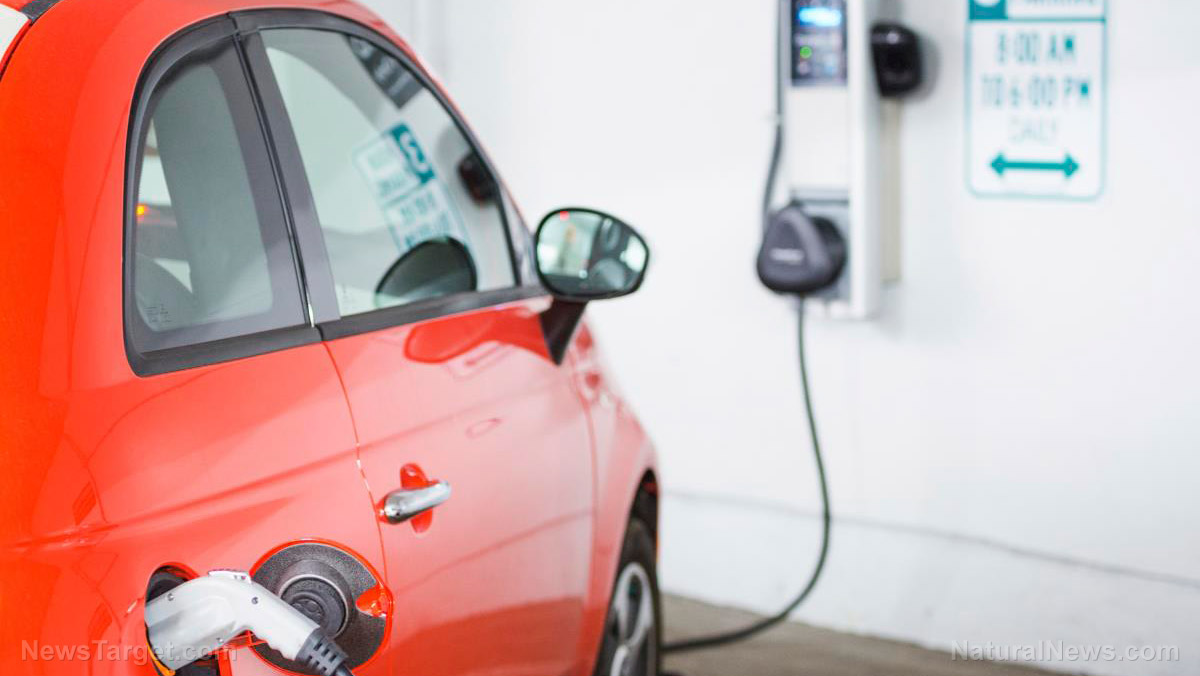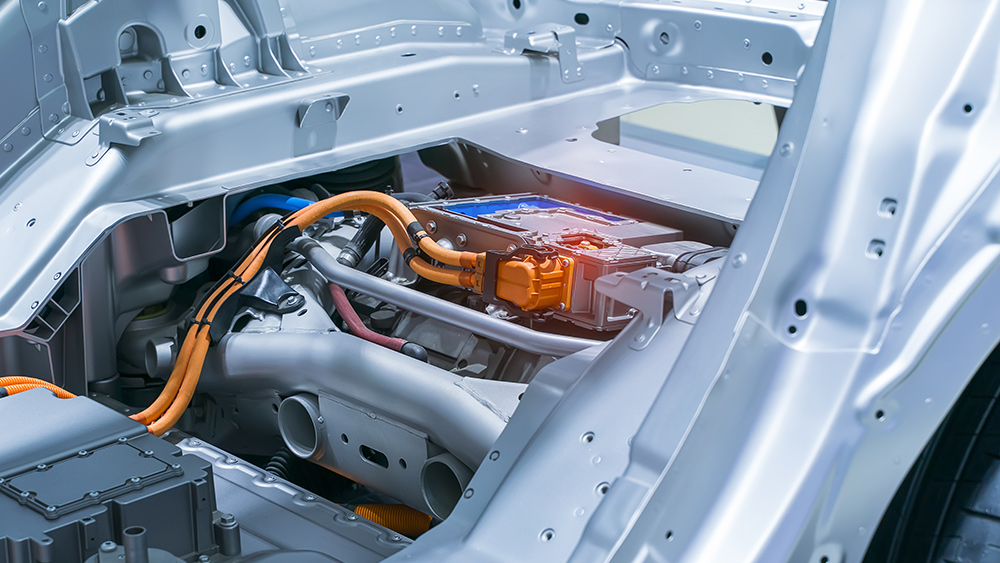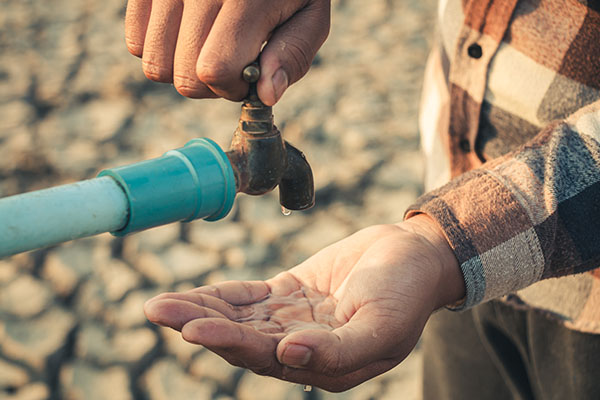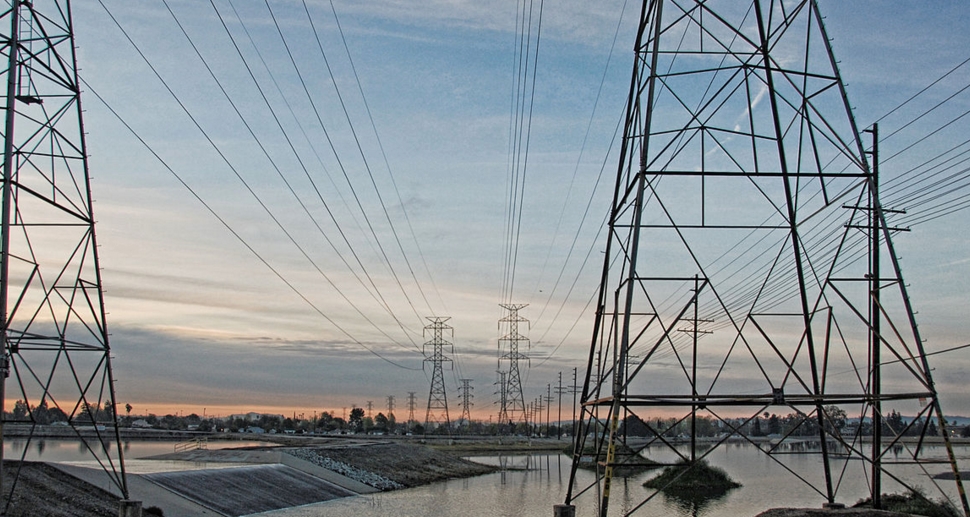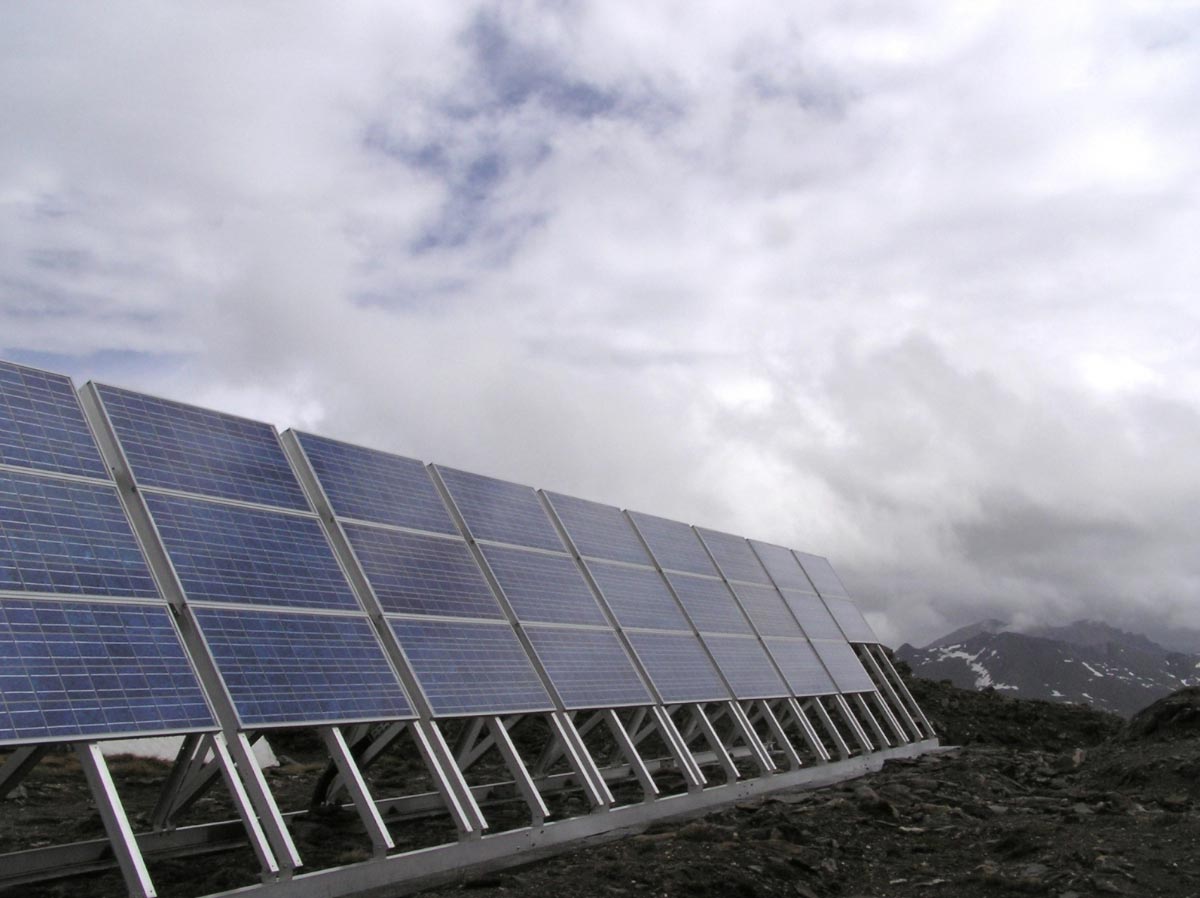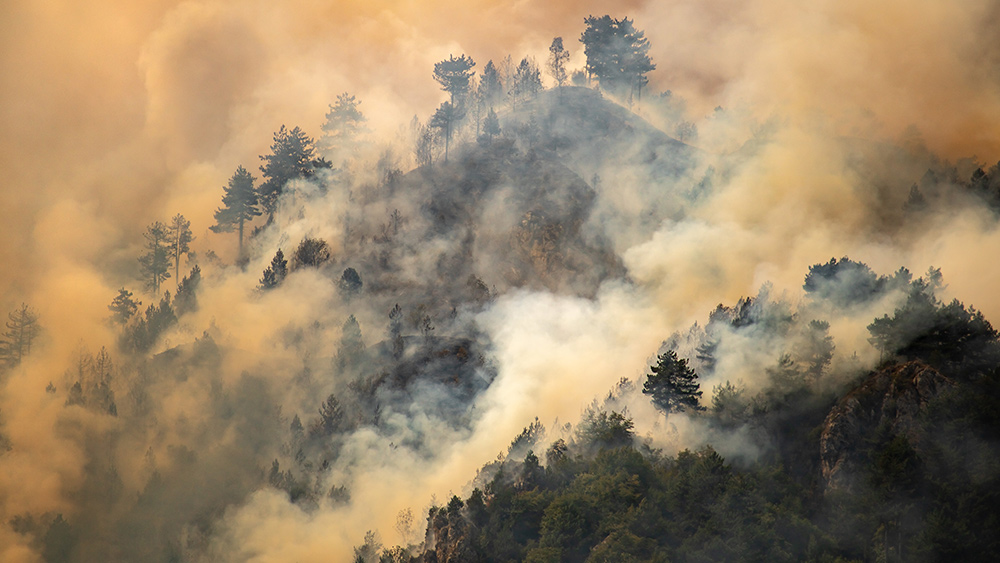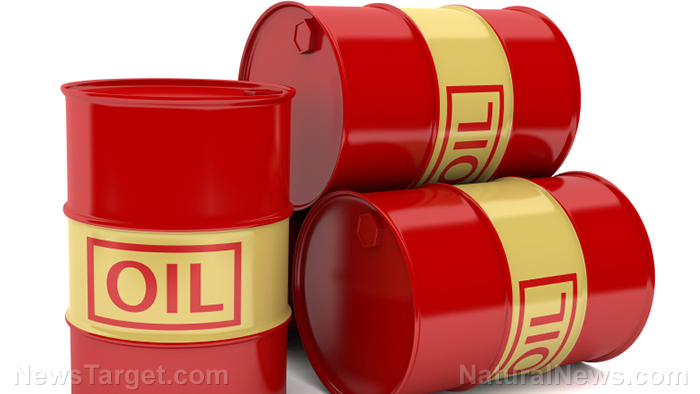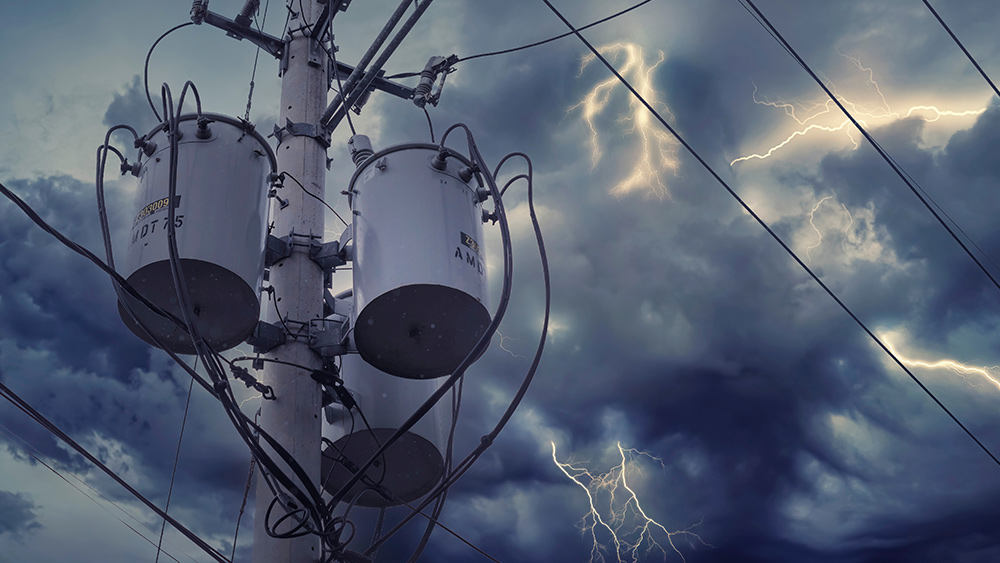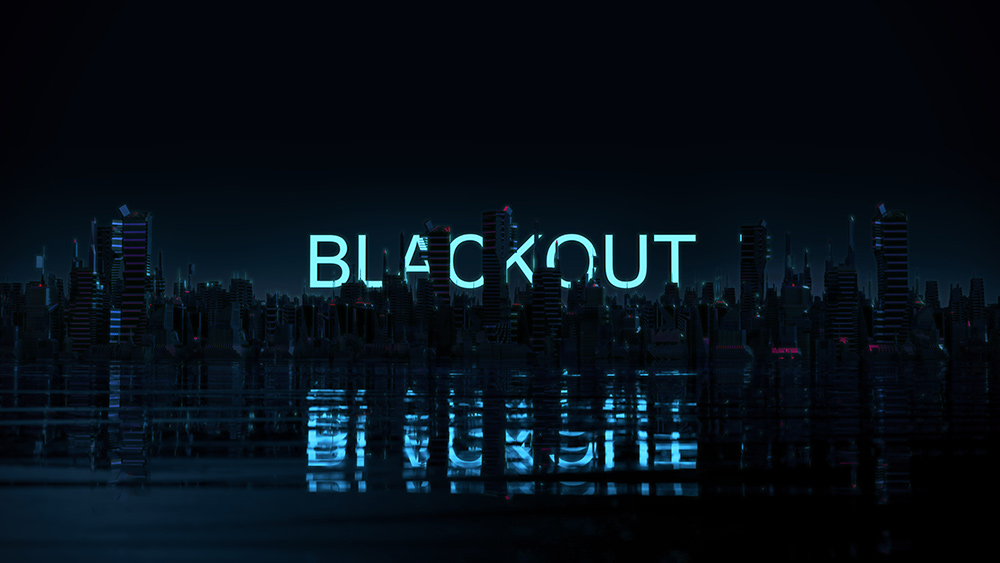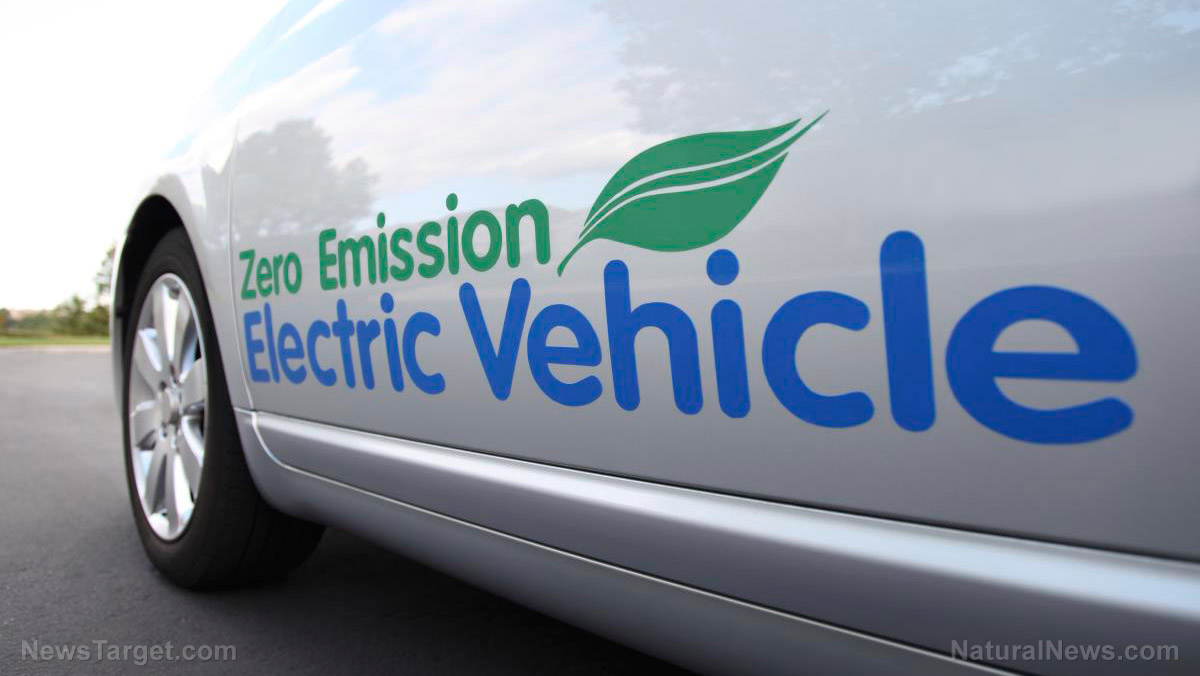UNRELIABLE SOURCE: Siemens Energy says up to 30% of its wind turbines could be MALFUNCTIONING
07/11/2023 / By Laura Harris
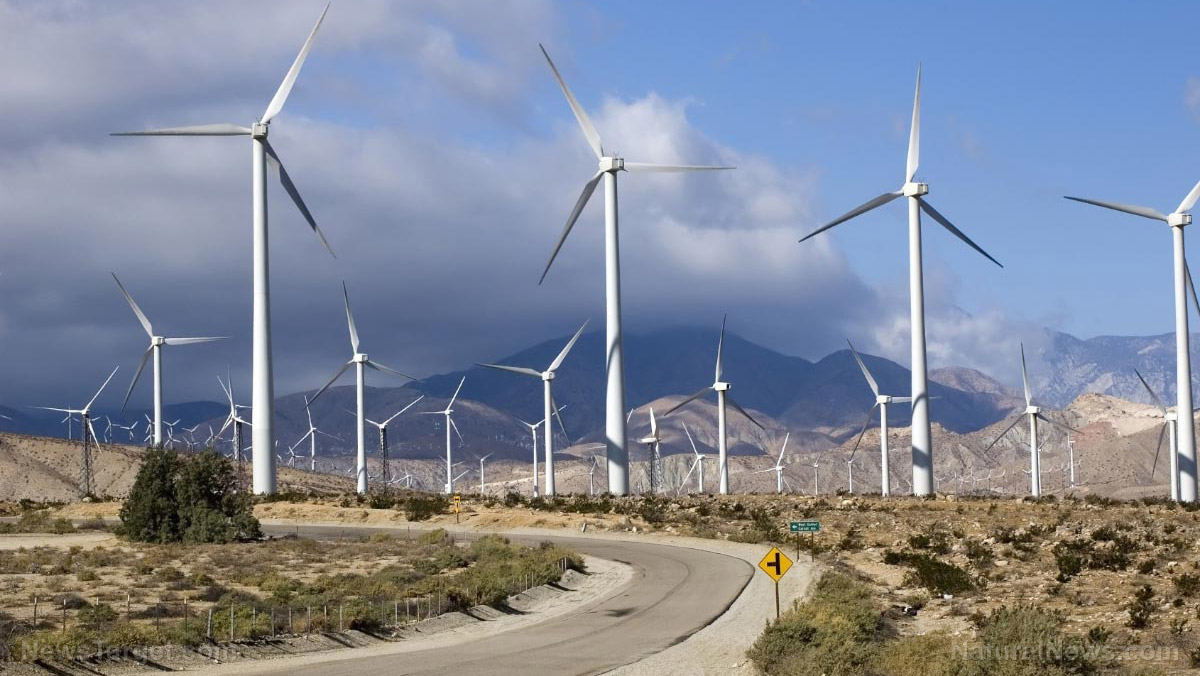
International energy firm Siemens Energy has experienced a significant setback, disclosing that up to 30 percent of its wind turbines could be malfunctioning. According to Siemens Gamesa CEO Jochen Eickholt, the company believes between 15 percent and 30 percent of its installed fleets are suffering from component failures – prompting Siemens Gamesa to retract its profit estimates.
Siemens Energy President and CEO Christian Bruch said in a June 22 analyst call: “The fact that we have identified more quality problems marks a significant setback for us. These quality problems go beyond what we were previously aware of, and they are directly linked to selective components at a few but important suppliers.” He estimated that the costs associated with addressing these issues could exceed €1 billion ($1.09 billion).
According to MarketWatch, Siemens Energy’s stock value plunged to 36 percent on June 23, a day after its announcement. CNBC separately reported that other wind energy companies saw their shares retreat. The mainstream news outlet remarked that investors and industry experts worry that the problems at Gamesa could be a sign of an industry-wide issue. (Related: Wind power FAILING in Texas as power grid pushed to brink of collapse.)
Wind turbine issue being downplayed
Cristoph Zipf, a spokesman for the European industry group WindEurope, said wind turbine failures remain “extremely rare.” He added that the problems faced by Siemens Gamesa – a merger between the Spanish Gamesa and the German conglomerate – were isolated to the subsidiary.
Nicholas Green, the head of capital goods and industrial technology for the European Union at asset management firm AllianceBernstein, suggested that limited operational data and the industry’s pace of change could be contributing factors. He said: “It wasn’t that Siemens Gamesa is a bad operator as such, it’s that actually some of the normal protocols and time in use, operational data in use, is relatively limited.”
According to Green, the rapid technological advancements and the increased size of modern wind turbines have placed the sector in relatively uncharted territory. Zipf shared the same sentiment, remarking that the larger size of contemporary turbines may exacerbate quality issues. He noted that fierce competition in the sector was driving original equipment manufacturers (OEMs) to develop even larger and more efficient turbines at a rapid pace.
Industry analytics company ONYX Insights noted that while wind turbines receive certification for a 20-year lifespan, cost-saving measures often result in the inclusion of components that will fail within that period. The company predicts that the wind energy industry will spend approximately $4 billion on major repair projects by 2029 – with around 65 percent of maintenance costs being unplanned.
Evgenia Golysheva, vice president of strategy and marketing at ONYX Insights, highlighted the need for a comprehensive understanding of turbine failure rates across the industry. She emphasized that while turbines were not inherently poorly made, there exists a trade-off between energy cost and targeted reliability.
Golysheva ultimately urged all stakeholders involved in wind turbine construction, financing and operation to have a realistic outlook on the number of failures to anticipate. “It’s a conversation that is overdue because the underlying issues aren’t going away,” she said.
Visit NewEnergyReport.com for more news related to renewable sources of energy, such as wind and solar.
Watch this Fox Business segment about the U.S. being dependent on wind and solar energy technologies that are unreliable in extreme weather situations.
This video is from the NewsClips channel on Brighteon.com.
More related stories:
Texans urged to conserve energy as state wind farms CAN’T produce enough power to meet demand.
Wind turbine manufacturers losing BILLIONS as orders decline despite turmoil in natural gas markets.
Sources include:
Submit a correction >>
Tagged Under:
climate change, electricity, energy, environ, Glitch, green deal, Green New Deal, green tyranny, malfunctioning turbines, new energy report, power, renewable energy, Siemens Energy, Siemens Ganesa, wind energy, Wind Turbines
This article may contain statements that reflect the opinion of the author
RECENT NEWS & ARTICLES
COPYRIGHT © 2017 POWER NEWS




